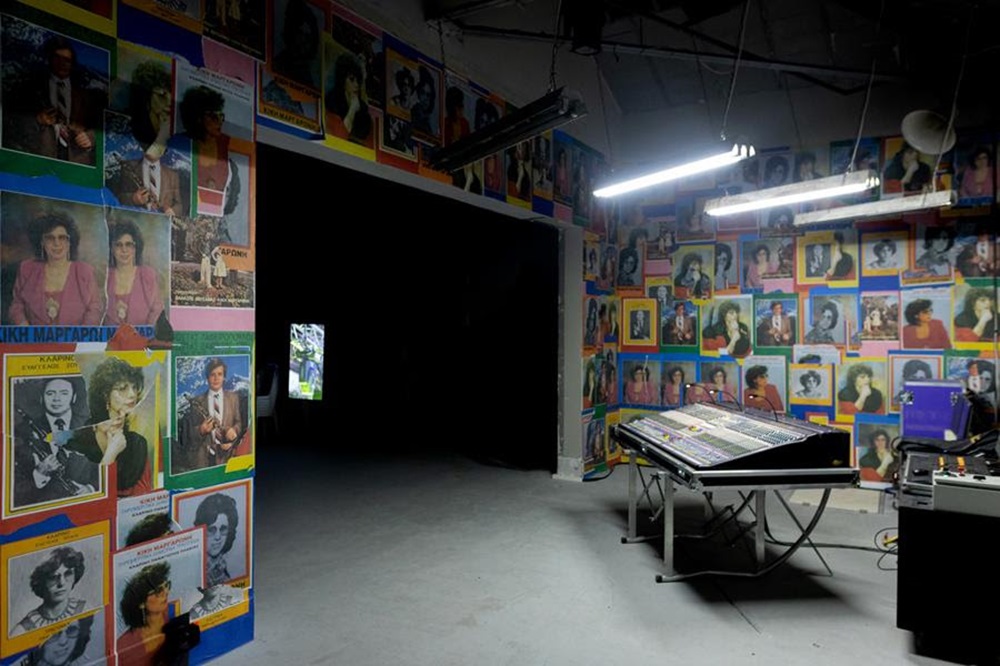
Objects, sounds, images: how does human experience register in the ecosystem of the Greek feast? The interdisciplinary collective work titled “Xirómero/Dryland” by Thanasis Deligiannis, Elia Kalogianni, Yorgos Kyvernitis, Yannis Mihalopoulos, Fotini Papachristopoulou, Fotis Sagonas, and Kostas Chaikalis, as well as curator Panos Giannikopoulos, travels at the 60th International Art Exhibition – La Biennale di Venezia at Pavilion of Greece, powered by Onassis Culture.
Drawing upon the experience of the panighíria -local festivals- of mainland Greece, Thessaly and the area of Xirómero, “Xirómero/Dryland”, investigates the experience of a village festival by following its course from the village square all the way to its outskirts, and to the surrounding land. It consists of a piece of agricultural irrigation equipment which synchronizes the sound, video and lighting environments that make up the installation in real time. “Xirómero/Dryland” is a hybrid installation that embarks on a visual examination of the human experience within the ecosystem suggested by the Greek feast, from the center of a rural settlement to the ridges of the surrounding agricultural landscape. Utilizing tools and means from various artistic fields, a usable watering machine are transferred to the Greek Pavilion space as a central part of a spatial composition further comprised of a video installation, sound environments, lighting fixtures, and the element of water.
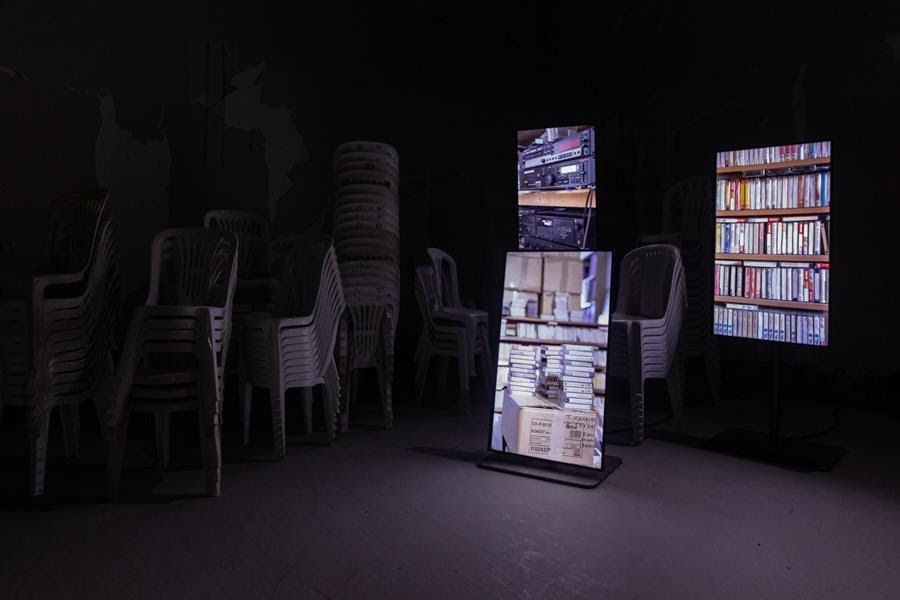
PHOTO: PINELOPI GERASIMOU
The curator of the Greek Pavilion, Panos Giannikopoulos, notes: “In Xiromero/Dryland, pause and activation, centre and periphery, action, reaction or inertia are framed by the active gaze of the viewer who is invited to assist in the stitching of the contrasting material. The work is the result of group work. The artists question the limits of participation, hierarchies, the context of the production of a cultural product and its form, while trying to avoid a priori allocations of positions. The grid concerning the distinction between mind and body, subject and object is disrupted, while sensory experience comes before its cognitive function. Artistic practice does not respond to pure classifications, thus disarticulating cultural fields and merging them. The high and the low, artistic performance and festival, theatre and visual arts, entertainment, fiction and documentation, mourning, all seem to come together. There is no imitation, but escape from interpretation, while the cultural object is reconstructed and the body functions as a vehicle for being there and facing the functional everyday world, overriding exegetical theories and closed systems of reference: dance remains open.”
The 60th International Art Exhibition – La Biennale di Venezia, titled “Stranieri Ovunque – Foreigners Everywhere,” curated by Adriano Pedrosa, will be open from April 20th to November 24th at the Giardini and Arsenale venues.
Opening hours: Tuesday – Sunday: 11 am – 7 pm (from 20 April to 30 September) & 10 am – 6 pm (from 1 October to 24 November).
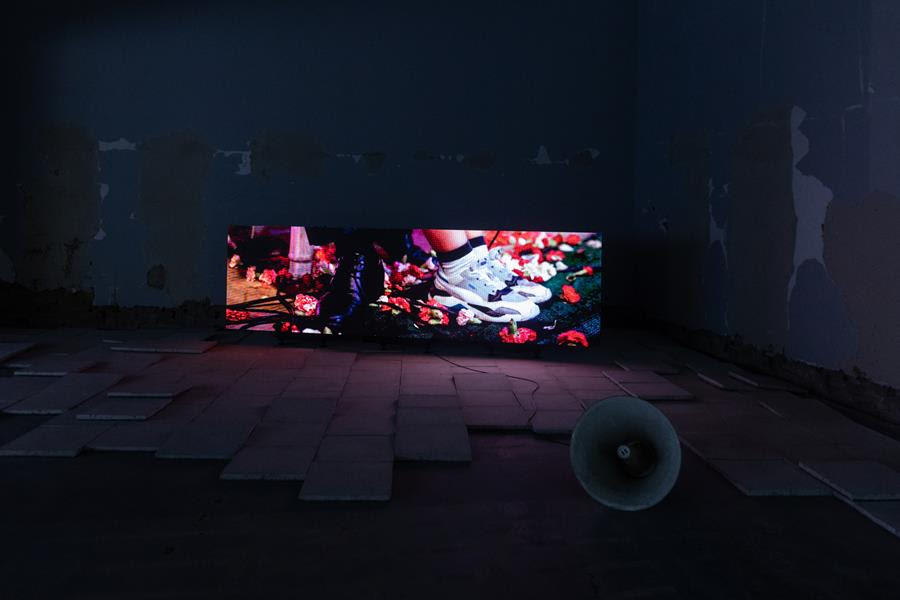
PHOTO: PINELOPI GERASIMOU

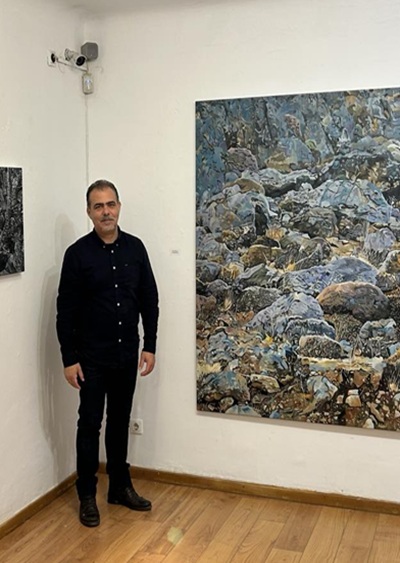
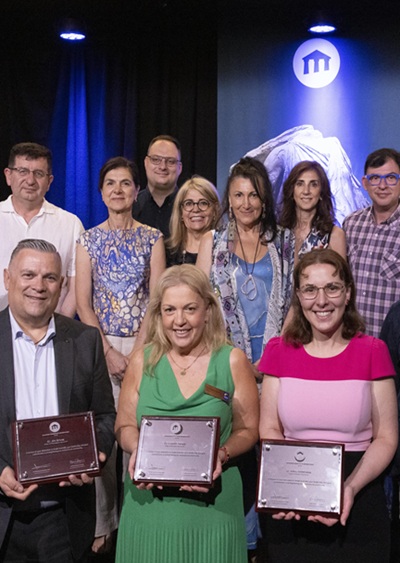
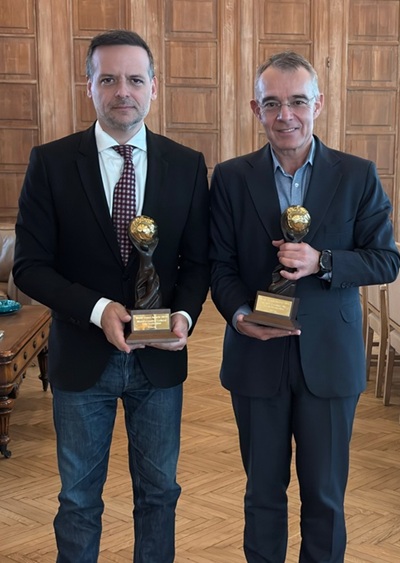
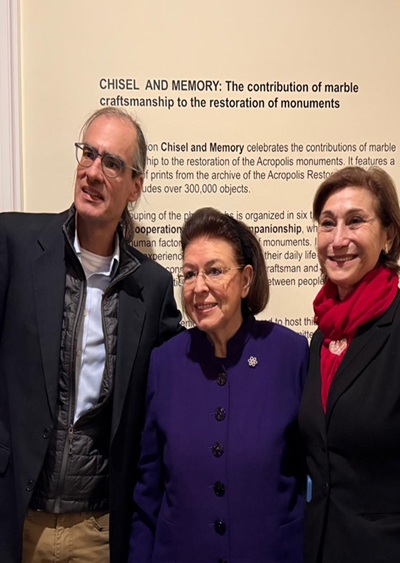


Leave A Comment